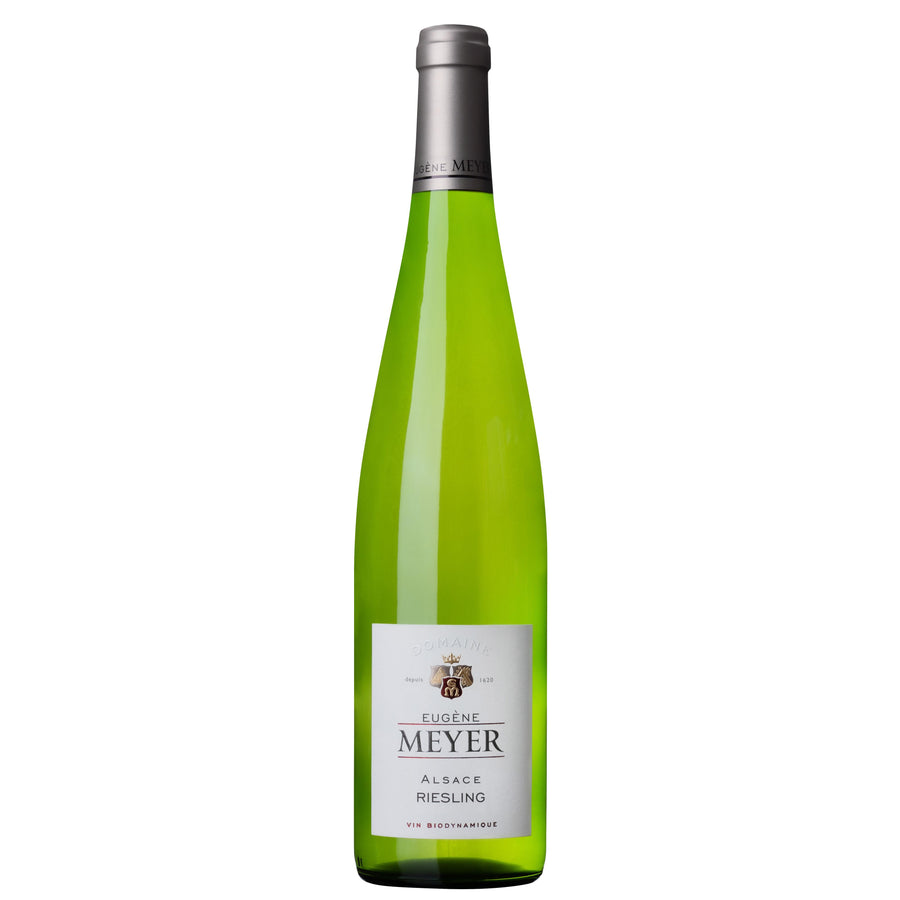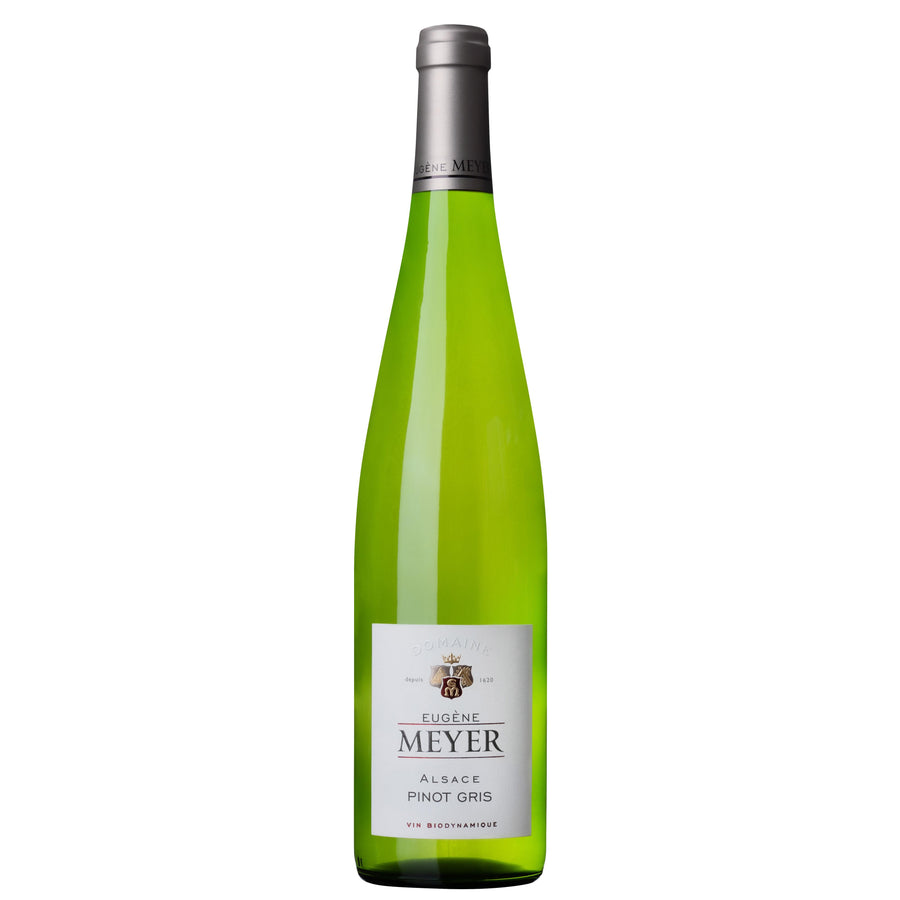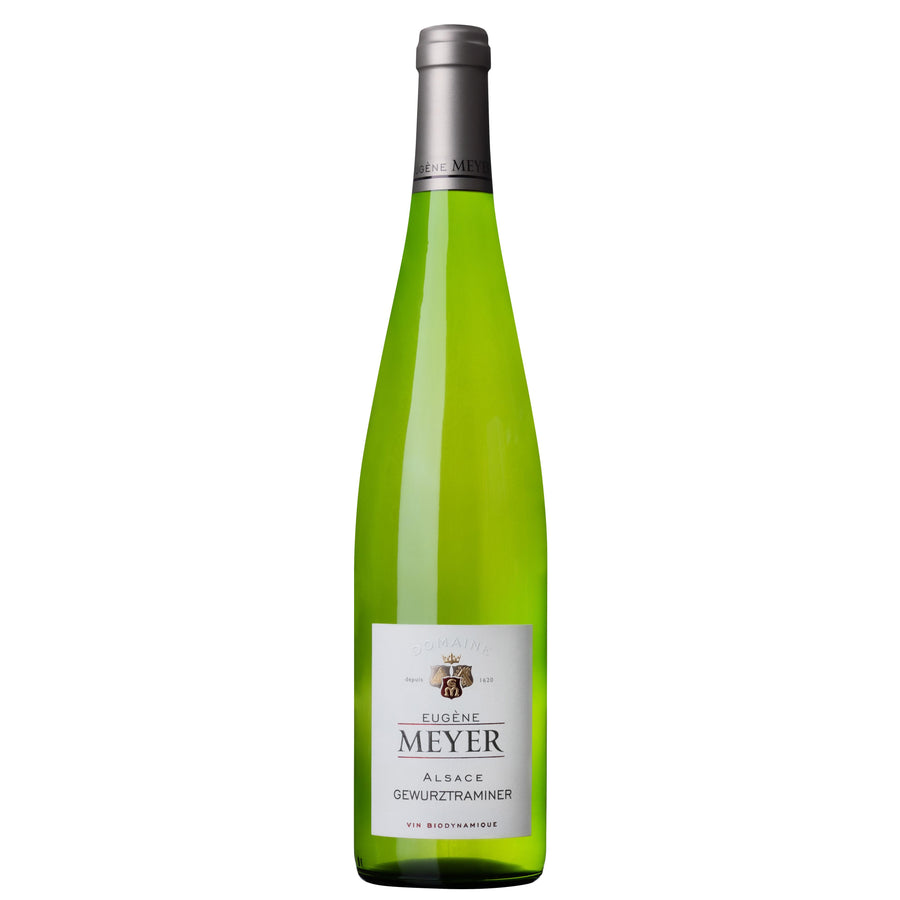White wines from Alsace
8 products

Subscribe here to receive our informative, lipsmacking newsletters.

Are you 18 years old or older?
Sorry, the content of this store can't be seen by a younger audience. Come back when you're older.
8 products
Alsace is a long, narrow region in north-eastern France, lying between the Vosges mountains and the German border. These mountains play a vital role in defining the region's terroir: they not only provide protection from the prevailing westerly winds, but also cast a rain shadow over the area. This helps a region so far north, which might otherwise seem unpromising for wine, give rise to a range of attractive and individual whites.
Because of its history as a German territory, Alsace is the only French wine region to grow significant quantities of Riesling and Gewurztraminer. Pinot Gris (Pinot Grigio), a variety marginalised in other French regions as a blending component, is another of the region's specialties. Sylvaner and Muscat and the less well known Chasselas and Auxerrois are also traditional Alsatian grape varieties.
Alsace wine is produced under three key appellations: Alsace and Alsace Grand Cru for still white wines, and Crémant d'Alsace for sparkling wines.
White varietal wines make up ninety per cent of the region's production, and what separates one style from another is chiefly their residual sugar levels, which span the sweetness spectrum from bone dry to fully sweet. A little red, often from Pinot Noir, and the sparkling crémants are also produced. In 1983, the official terms Vendanges Tardives (late harvest) and Selection de Grains Nobles (selection of noble-rot grapes) were introduced to define and categorize the sweeter types of Alsace wines.
We are proud to represent the winery of Eugène Meyer in the village of Bergholtz. The domaine buildings are those of an ancient tithe hall that belonged to the Abbey of Murbach and survived the ransacking and dissolution of the main building during the Revolution of 1789.
Eugène Meyer and his wife Marie Rose took on the estate in the 1960s, and in 1969 began to manage it biodynamically after Eugène was poisoned by an agricultural insecticide and found that the same principles that had helped to cure him appeared to work wonders in the vines.
Our occasional newsletters keep you informed about new arrivals, promotions, and events.







